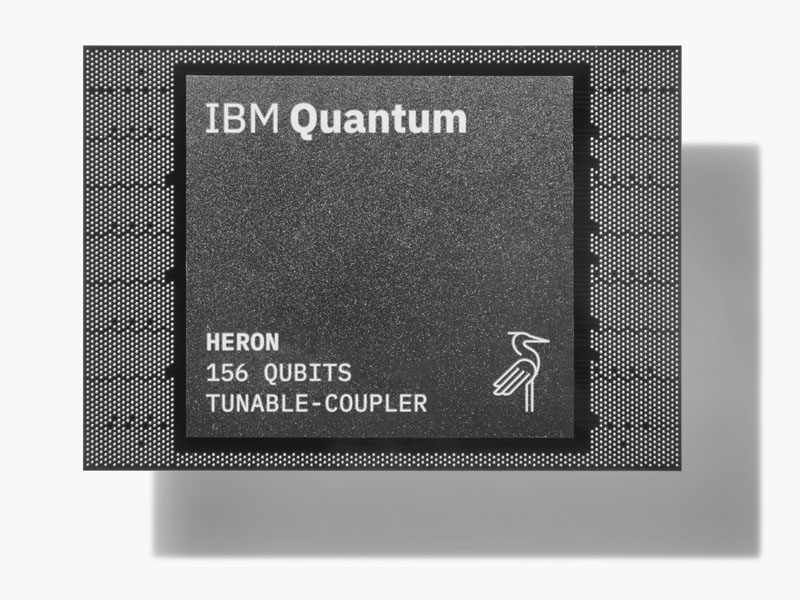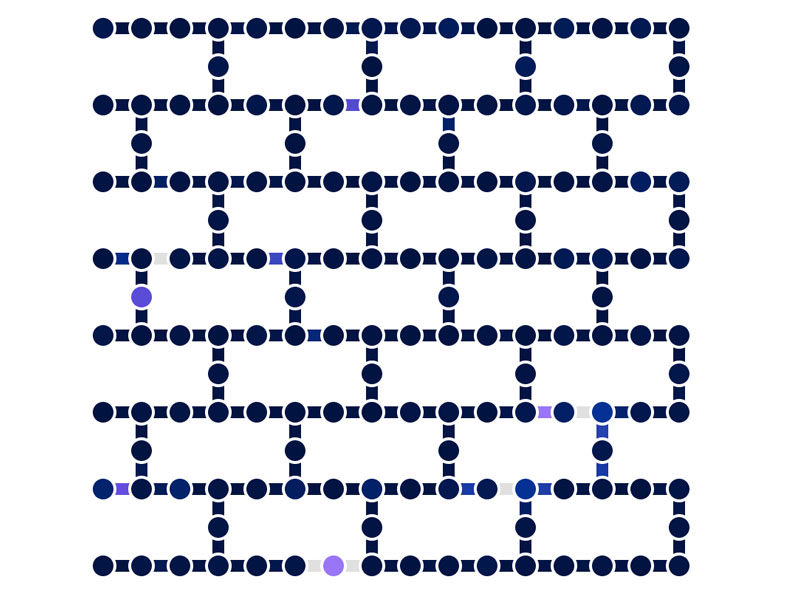
CEAT research lab awarded $70K in IBM Quantum credits to advance fluid dynamics research
Thursday, July 24, 2025
Media Contact: Desa James | Communications Coordinator | 405 744 2669 | desa.james@okstate.edu
Oklahoma State University’s KARA Lab has received a $70,000 award in IBM Quantum credits, giving the team unprecedented access to quantum computing systems to investigate complex problems in fluid dynamics.
Led by Dr. Kursat Kara, assistant professor in the School of Mechanical and Aerospace Engineering, the KARA Lab is exploring how emerging quantum computing technologies can enhance simulations of fluid behavior around textured surfaces. The research will explore how quantum computers, which process information in entirely new ways, might help simulate these flows faster and more accurately. The goal is to unlock new possibilities for designing more efficient and high-performance engineering systems.

“Imagine trying to predict how fluid flows over a shark's skin, a jet wing, or the surface of a spacecraft,” Kara said. “These surfaces have tiny patterns that affect drag, heat transfer, and overall performance — but modeling that in detail takes a tremendous amount of computing power. We’re asking whether quantum computers might do it better — and faster.”
The project is focused on understanding how quantum algorithms perform when applied to the most difficult fluid flow challenges, including those with unsteady or turbulent behaviors. With access to IBM’s quantum hardware, the team is moving beyond classical emulations and testing real-world quantum circuits designed for fluid dynamics problems.
Unlike conventional computers, which analyze one possibility at a time, quantum computers use a principle called “quantum parallelism” to evaluate many possibilities simultaneously. This allows them to approach fluid simulations in entirely new ways, potentially revealing physical behaviors that classical systems can’t detect.

“We're not replacing existing tools, but enhancing them where quantum computing shows promise,” Kara said.
While the research has broad potential, ranging from wind turbines to underwater vehicles, it is currently centered on aerospace applications, where even microscopic changes in surface texture can significantly affect performance.
“The techniques we develop could eventually inform the design of next-generation aircraft, drones, or even spacecraft,” Kara said.
The $70,000 award from IBM is equivalent to a major research grant, though instead of funding physical hardware, it provides time and computing resources on IBM’s cloud-based quantum computers. This kind of access is typically out of reach for university researchers.

“These credits let us test cutting-edge quantum algorithms on real hardware,” Kara said. “It's like booking time in a world-class lab, except the lab is in the cloud — and it's rewriting the rules of computing.”
This research helps to position CEAT and OSU as leaders in the emerging field of quantum engineering by training students, launching new courses and building outreach programs that make quantum computing accessible to everyone. Kara notes it as a bold step toward building Oklahoma’s capacity in one of the most transformative technologies of our time.
“This award is not just about research — it's also about the people behind it,” Kara said. “We're building a hands-on learning ecosystem where students, from first-year undergraduates to Ph.D. candidates, can dive into frontier topics like quantum simulation and fluid dynamics. Whether through courses, internships, or hackathons, they'll gain real experience with the tools shaping the future of engineering.”
“This award is not just about research — it's also about the people behind it. We're
building a hands-on learning ecosystem where students, from first-year undergraduates
to Ph.D. candidates, can dive into frontier topics like quantum simulation and fluid
dynamics. Whether through courses, internships, or hackathons, they'll gain real experience
with the tools shaping the future of engineering.”
